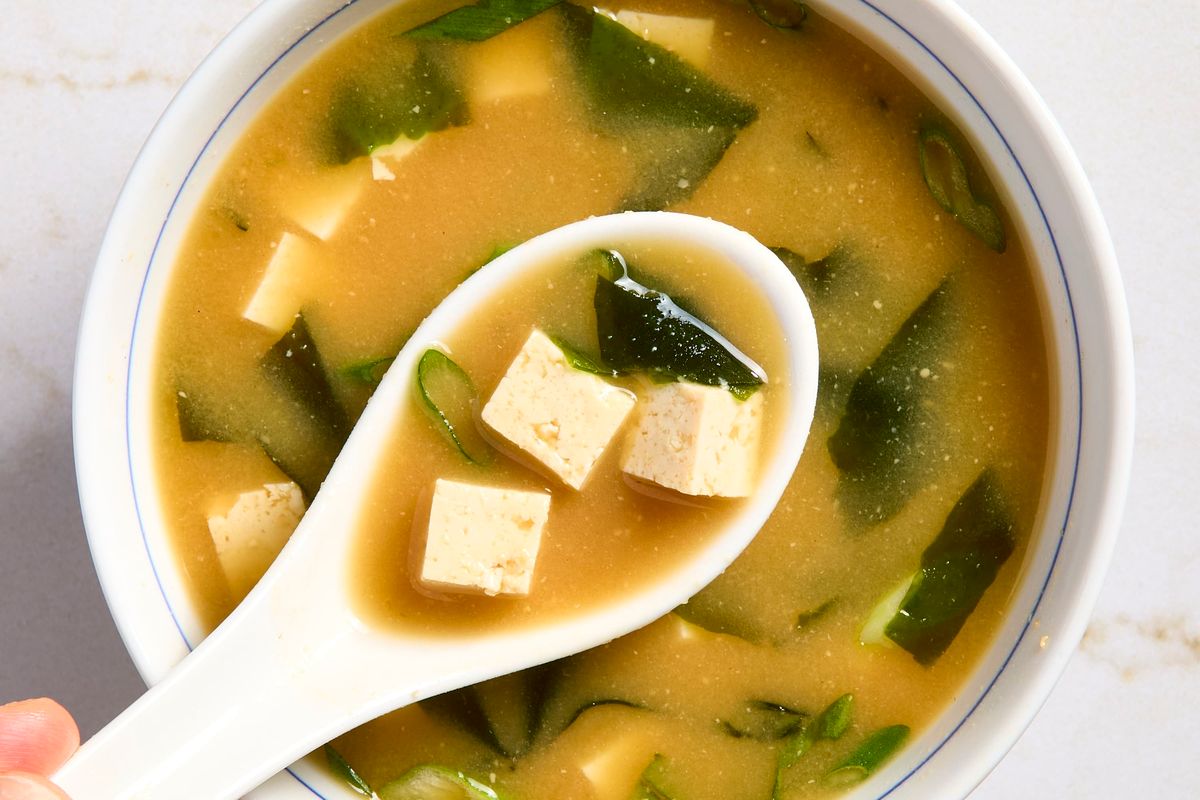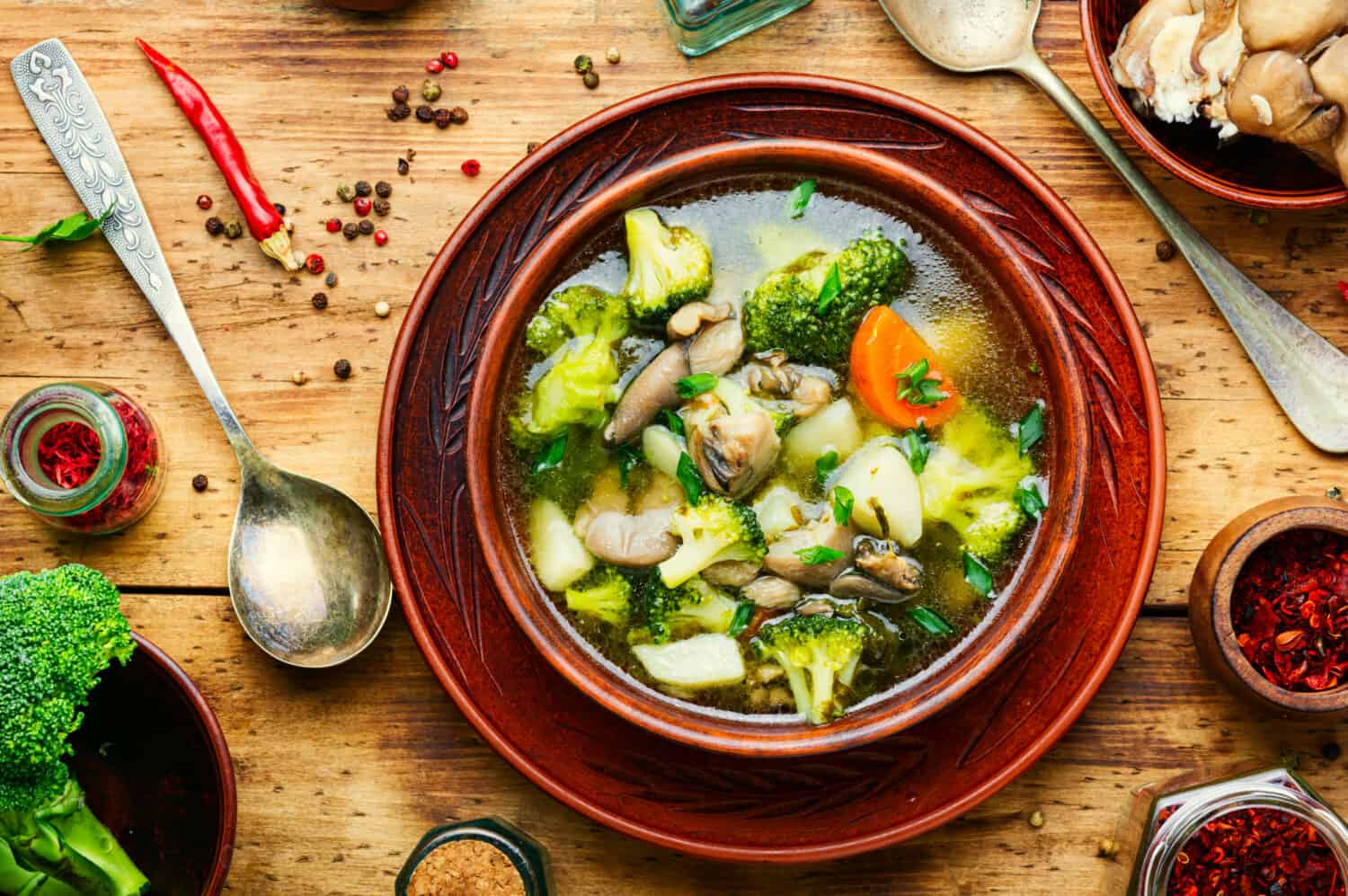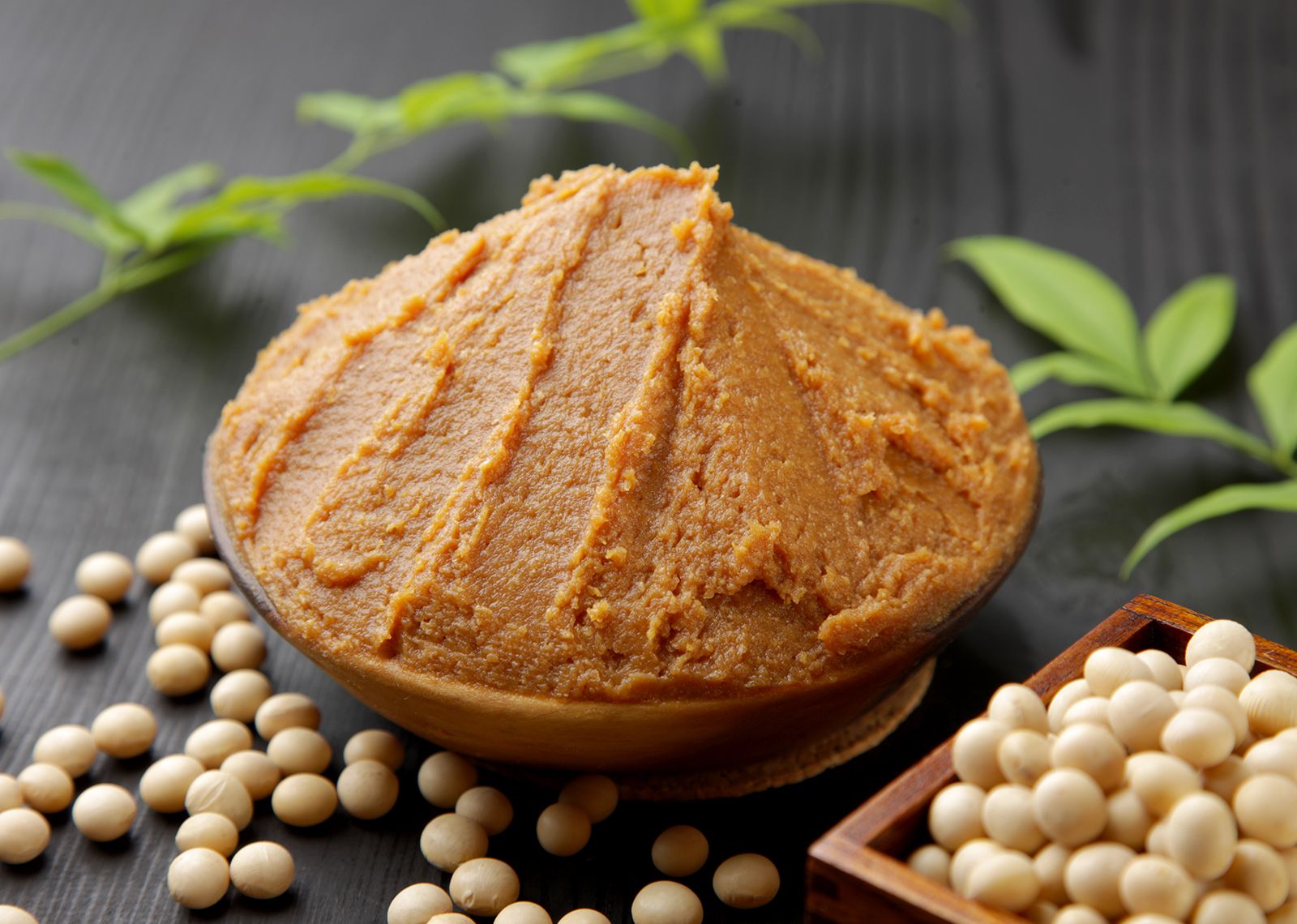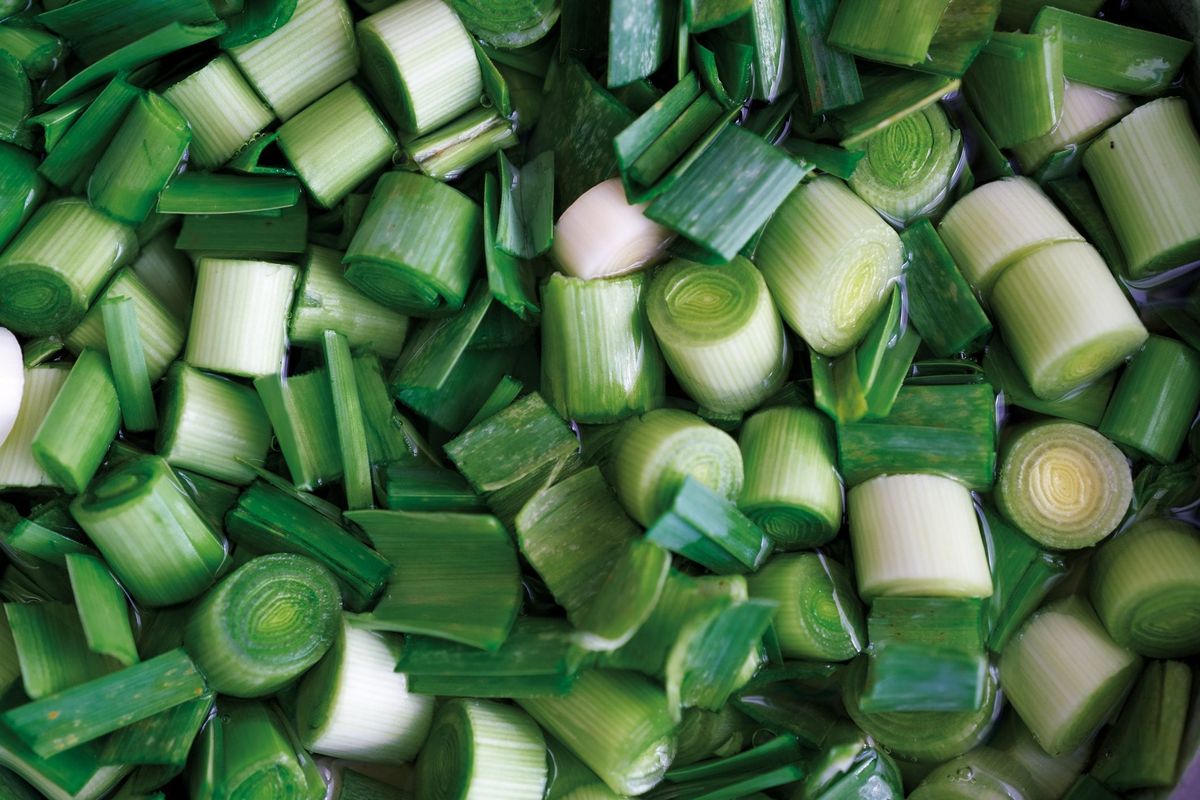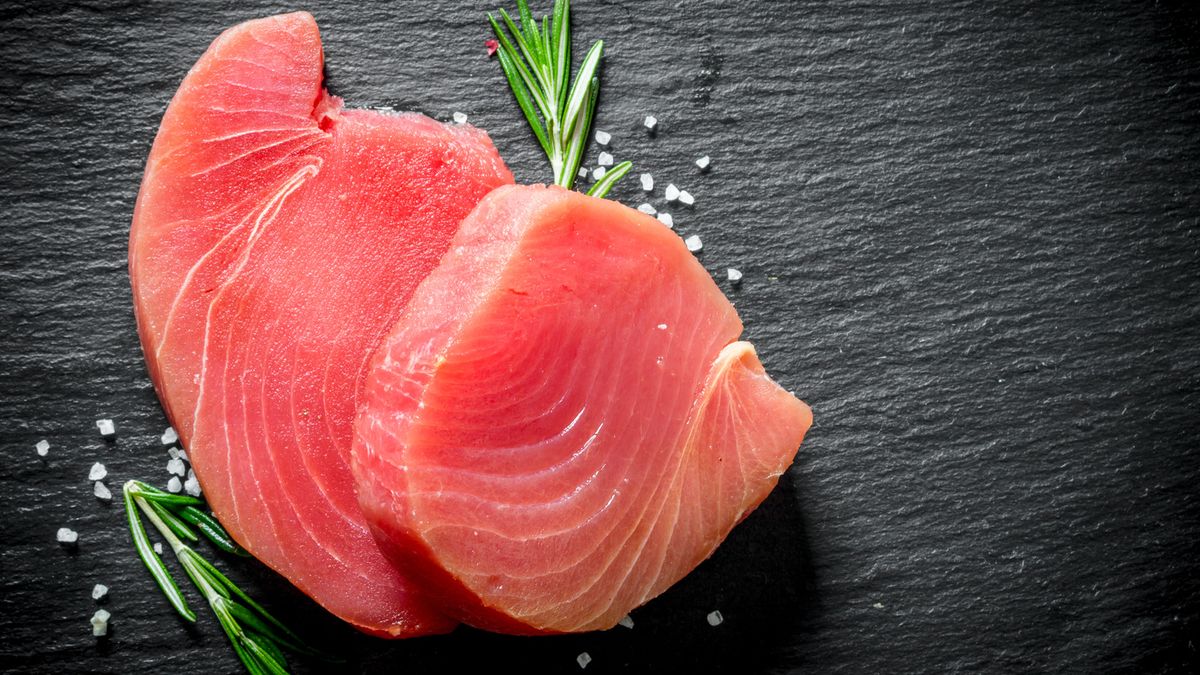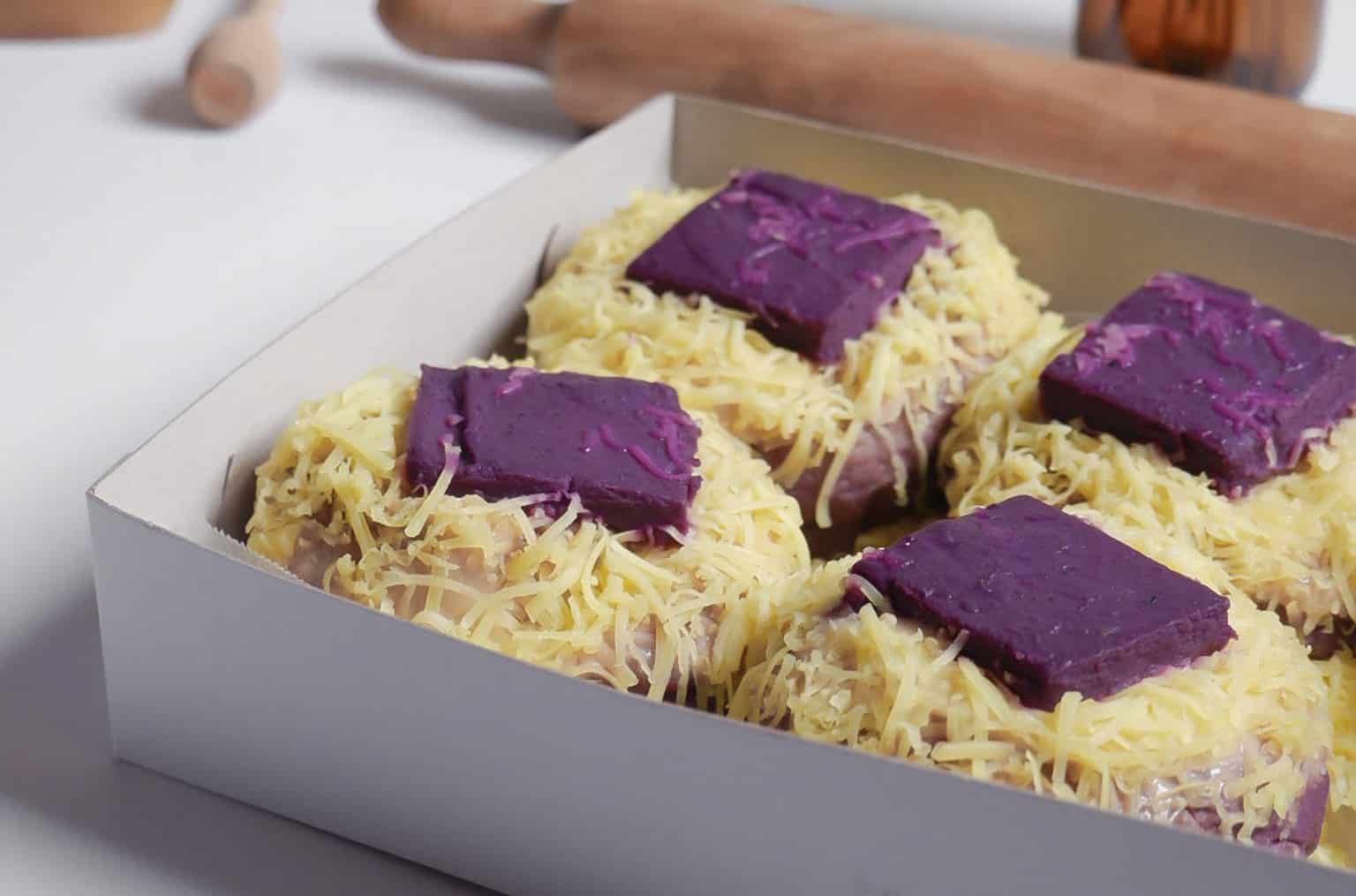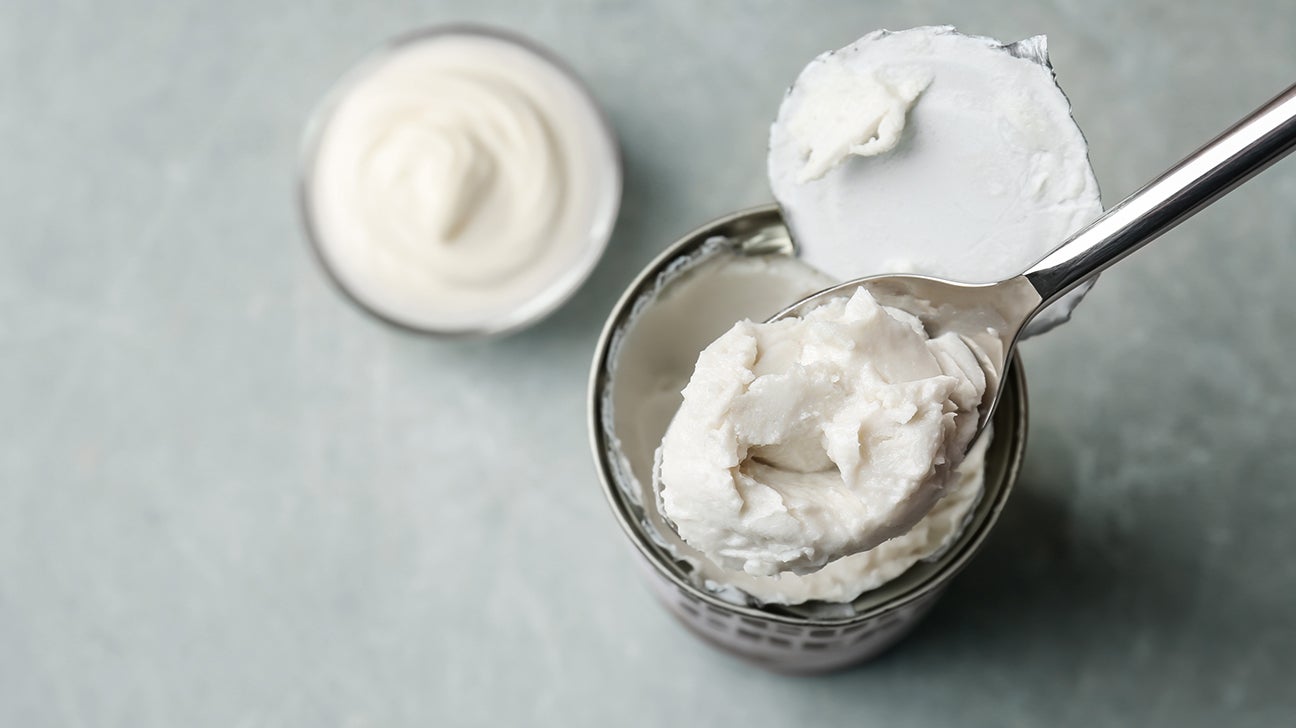Enjoy the Health Benefits of Miso Without Damaging the Probiotics
As a food enthusiast, you may already be familiar with the numerous health benefits of miso. This traditional Japanese seasoning is not only delicious but also packed with essential nutrients and probiotics that support gut health. However, to fully reap the benefits of miso, it’s important to consume it in a way that preserves its probiotic content. Here are some tips on how to eat miso without damaging the probiotics:
Choose Unpasteurized Miso
When shopping for miso, opt for unpasteurized varieties whenever possible. Unpasteurized miso contains live probiotics that can be beneficial for your digestive system. The pasteurization process, which involves heating the miso to high temperatures, can destroy these beneficial microorganisms. Look for labels that indicate the miso is unpasteurized to ensure you’re getting the most probiotic benefits.
Avoid Boiling Miso
One common mistake that can compromise the probiotics in miso is boiling it at high temperatures. Boiling miso can kill off the beneficial bacteria, reducing its probiotic content. Instead, try adding miso to soups and stews at the end of the cooking process, once the heat has been turned off. This will help preserve the probiotics while still allowing you to enjoy the rich, savory flavor of miso in your dishes.
Use Miso in Dressings and Sauces
Another way to enjoy miso without damaging the probiotics is to incorporate it into dressings and sauces. By using miso in cold or room temperature preparations, you can avoid exposing it to high heat that could potentially destroy the probiotics. Try whisking miso into a vinaigrette for salads or using it as a flavoring agent in marinades and dipping sauces. This way, you can savor the unique taste of miso while still reaping the benefits of its probiotic content.
Pair Miso with Fermented Foods
For an extra probiotic boost, consider pairing miso with other fermented foods. Fermented foods such as kimchi, sauerkraut, and yogurt contain their own beneficial bacteria, which can complement the probiotics in miso. Try incorporating these fermented foods into your meals alongside miso to create a gut-friendly feast that supports your overall digestive health.
Store Miso Properly
Proper storage is key to maintaining the probiotic content of miso. To keep the beneficial bacteria alive and thriving, store miso in the refrigerator in an airtight container. This will help preserve its probiotic potency and ensure that you can continue to enjoy its health benefits with each serving.
By following these tips, you can savor the rich, umami flavor of miso while also preserving its probiotic content. Whether you’re adding miso to soups, dressings, or marinades, being mindful of how you use and store this traditional ingredient can help you make the most of its nutritional value. With a little care and attention, you can enjoy miso in a way that supports your digestive health and overall well-being.
